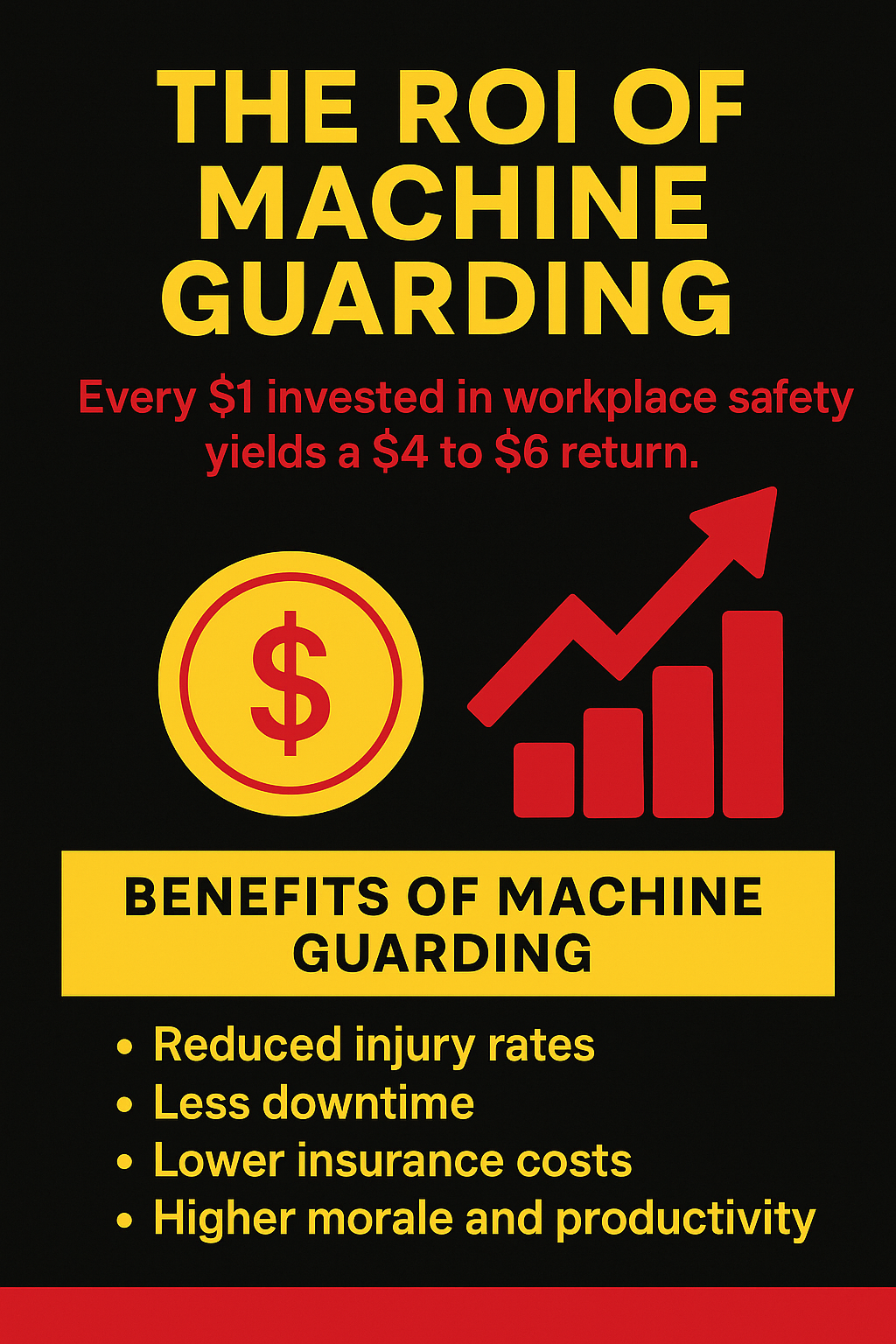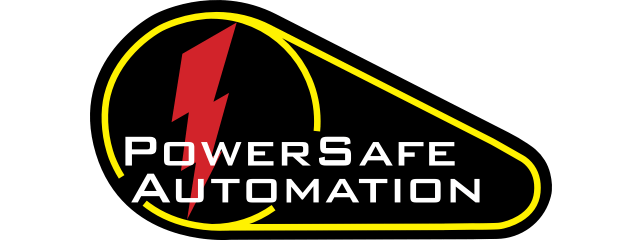Introduction: Why Machine Tool Guarding Is Critical
Machine shops are the engines of manufacturing—but they also carry some of the highest injury risks. For Safety Managers, the responsibility to protect machine operators goes beyond OSHA mandates—it's a leadership role that defines the safety culture of the facility. This guide outlines how machine guarding, when done right, becomes your most effective line of defense against workplace injuries.
1. The Importance of Machine Guarding
Thousands of injuries—amputations, lacerations, crush incidents—occur each year due to unguarded or poorly guarded machines. OSHA consistently lists machine guarding violations in its top ten most cited standards.
Per OSHA 1910.212(a)(1):
“One or more methods of machine guarding shall be provided to protect the operator and other employees in the machine area from hazards.”
When machines are inadequately guarded, you risk:
-
Worker injuries
-
OSHA penalties
-
Costly downtime
-
Legal liability
2. Top Machine Shop Hazards
To improve guarding, first understand your hazards:
-
Rotating Parts – shafts, spindles, and chucks can entangle loose clothing or hair.
-
Points of Operation – where materials are cut, shaped, or drilled.
-
Flying Debris – chips, sparks, and splinters can cause serious injuries.
-
In-running Nip Points – gears and pulleys pull body parts inward.
-
Unexpected Startups – machinery starting during maintenance.
3. Types of Machine Guards (And How to Choose)
Understanding the guard types helps tailor solutions:
| Guard Type | Best For | Pros | Cons |
|---|---|---|---|
| Fixed Guards | Simple repetitive tools | Low maintenance, reliable | Hard to access frequently |
| Interlocked Guards | CNC or tool-changing machines | Stops machine when opened | Complex to install |
| Adjustable Guards | Band saws, grinders | Adaptable to material size | Risk of misuse |
| Self-Adjusting Guards | Circular saws | Moves with material | Lower protection than fixed |
NIOSH Machine Safety Guidelines
12. ROI: The Business Case for Better Guarding
Investing in guarding isn’t just compliance—it’s cost-effective.
According to Liberty Mutual:
“Every $1 spent on workplace safety yields $4–$6 in return.”
Real Gains:
-
Fewer injuries
-
Less downtime
-
Lower insurance costs
-
Higher morale and productivity
Conclusion: Make Machine Guarding a Strategic Priority
Machine tool guarding is not just a line item—it’s a critical layer of risk control that Safety Managers can’t afford to overlook. By understanding hazards, involving employees, and investing in engineered solutions like lighting and anti-restart devices, you can reduce injuries and build a best-in-class safety culture.
Ready to upgrade your machine guarding?
Contact PowerSafe Automation today to schedule a safety consultation and explore our custom-engineered guarding systems designed for your manufacturing floor.




